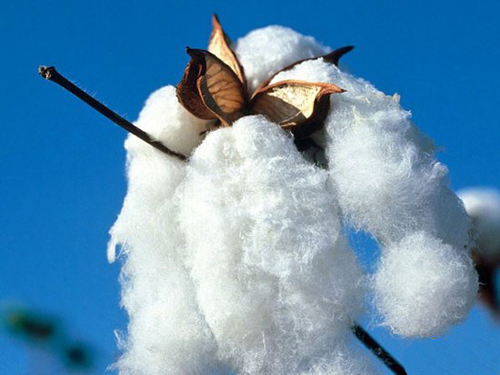The central bank decided to cut the deposit reserve ratio of deposit-taking financial institutions by 1-2% from April 20. In the course of the central bank’s monetary policy in recent years, the level of strength and precedent was only once, that is, in November 2008 when the global financial crisis broke out. The core of finance is anticipation and confidence, and the reduction of shocking strength helps ease the market's anxiety about the downward pressure on the economy. Embroidery Shirts,Long-Sleeve Clothing Shirts,Polyester Suede Men'S Shirt,Embroidery Men'S Shirts SHAOXING UNIVERSE IMPORT AND EXPORT CO.,LTD , https://www.zjshirts.com
The goal is to adjust the currency deduction channel to hedge against capital pressure. In the first quarter of this year, ** occupancies continued to decrease. The net reduction was over RMB 250 billion. The central bank’s statutory ** reserve balance also decreased by US$ 110 billion from the end of last year. The future China’s central bank’s base currency The main channel is facing changes. The current RRR cut will release more than 1.2 trillion yuan in liquidity, which can substantially offset the impact of a small increase in occupancies.
In 2015, local governments needed to replace bonds by nearly 1 trillion. With the start of the issuance of local government bonds, interest rate bond yields have started to rise recently. In the traditional sense, the period of April-May is the return period of seasonal fiscal deposits. This time, the RRR cut is in line with the proactive fiscal policy, and the release of liquidity is equivalent. Control potential financial pressure.
Reduction in preparation for national financial reform According to international experience, in the process of interest rate liberalization, most countries have experienced rapid rises in interest rates, which has brought heavy cost pressures to the real economy. With the introduction of China's banking insurance system, the interest rate liberalization conditions have gradually matured, and the free trade zone has begun to exchange funds under pilot projects. China has now entered the outpost of interest rate marketization and profound changes in the financial ecology. This reduction will help reduce the negative impact of interest rate liberalization on the real economy. In addition, from the perspective of the internationalization of financial institutions, China’s large commercial banks have a deposit reserve ratio of 19.5%, which is at an internationally high level. Since China's deposit reserve interest rate is much lower than the bank's absorption of deposit costs, deposit reserve is equivalent to the taxation of commercial banks. The higher the deposit reserve ratio, the heavier the tax rate. With the promotion of interest rate liberalization and gradual liberalization of market access, the competition between commercial banks in China and foreign banks will become increasingly fierce in the future, and reducing the deposit reserve ratio will also facilitate the steady progress of marketization.
With regard to the tilting of the government-affiliated financial institutions, the financing pressure of the cotton-affected companies in the latter part of the hedge period can be divided into two parts, namely the general decline and the targeted reduction. The deposit reserve ratio of the agro-related financial institutions and major water conservancy projects has generally expanded. To 2 percentage points. Under the background of the current downturn in the real economy, it is difficult for the benchmark to “set off big waves†in the commodity market. The cotton market's immediate determinants should go back to the supply and demand side and the future state reserve cotton export policy. However, this does not mask the significant role of the RRR cut in enhancing cotton market confidence and indirectly supporting the development of the cotton industry.
This time, the government's subsidy for agriculture-related financial institutions is relatively large. According to the survey of the Agricultural Development Bank of China and the Agricultural Development Bank, the current period of the relevant policies and repayment periods of the Agricultural Development Bank of China has not been loosened due to the RRR cut. For the time being, some agricultural issuers have already returned most of them in March. According to the data from the National Cotton Surveillance System, as of April 17th, the current cotton sales progress is slow, and the national sales progress is only 60.4%, and cotton companies are under pressure to withdraw funds. This time, the Agricultural Bank of China has significantly lowered its standards. Undoubtedly, in the near term, there will undoubtedly be an indirect solution to the financial pressure on cotton companies. In the long term, it will help alleviate the market risks that may arise in the latter part of the cotton industry and cheer up the depressed market confidence. The market is the game of expectations, and finance is a contest of confidence.